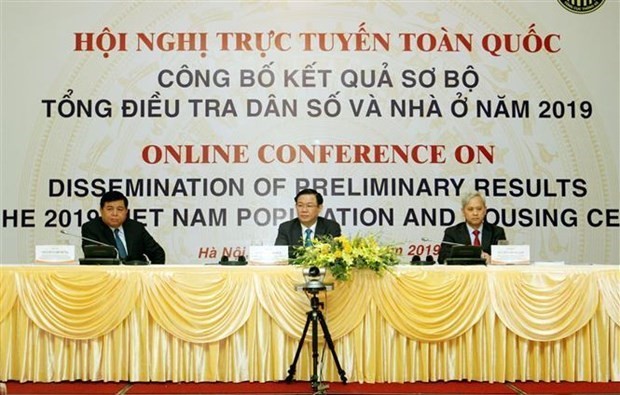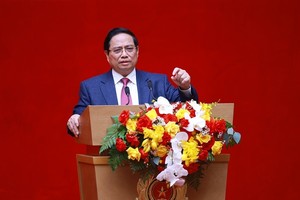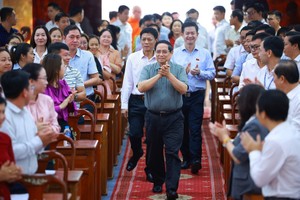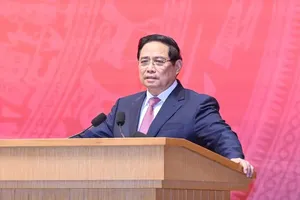
Preliminary results of the 2019 census show that the country’s population expanded by 10.4 million as compared to a decade ago, and the average growth rate was 1.14 percent per year while the figure was 1.18 percent for 1999-2009.
Vietnam has an average population density of 290 people per square kilometre, with Hanoi and Ho Chi Minh being the most densely populated cities. Nearly 2,400 people reside in one square kilometre in the capital city, and the number in the southern hub is 4,363.
The census also found the country experienced a rapid pace of urbanisation in the past 10 years, scaling up the urban population to 33 million people, or 34.4 percent of the total.
The Vietnamese people have been more educated than ever before, as the number of out-of-school population at the school age fell significantly, from 20.9 percent in 1999 to 16.4 percent in 2009 and 8.3 percent in 2019. The literacy rate in Vietnam was recorded at 95.8 percent.
Vietnam now has over 26.8 million households, 4.4 million higher than 10 years ago. Although the living standards are improved, 4.8 million families still cannot not afford housing.
At the event, Deputy Prime Minister Vuong Dinh Hue, who is also head of the Central Population and Housing Census Steering Committee, laid stress on the purpose of the national census, which is to ensure no one is left behind.
Despite the fact that Vietnam is experiencing a golden population structure, the country is facing a rapidly aging population, he said, adding that rational policies must be worked out to assure that the residents are rich before they get old.
Besides, disadvantaged people, especially those in rural areas and having no permanent houses, should receive support, he added.
























